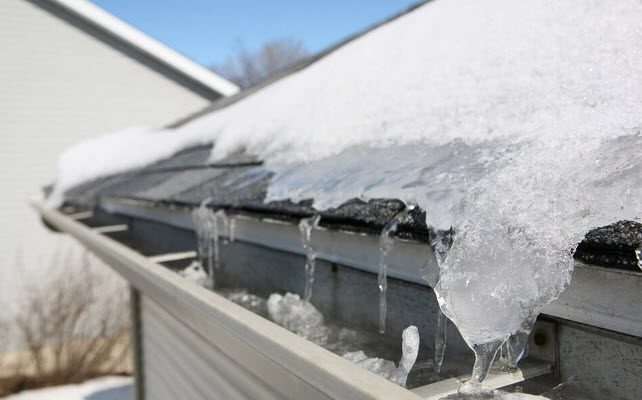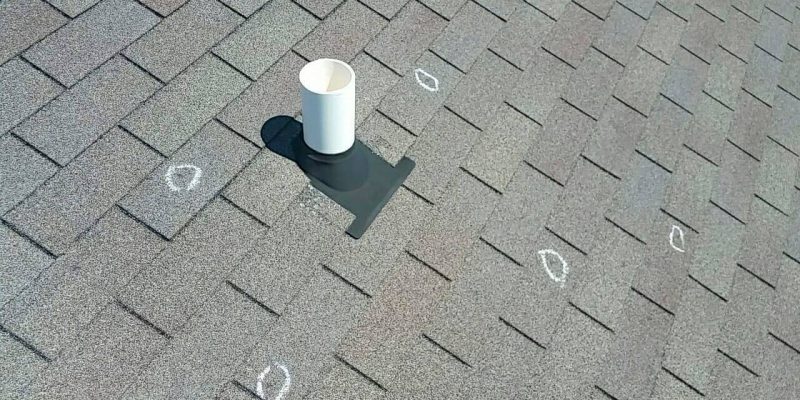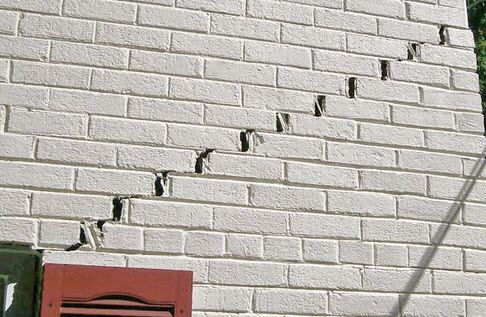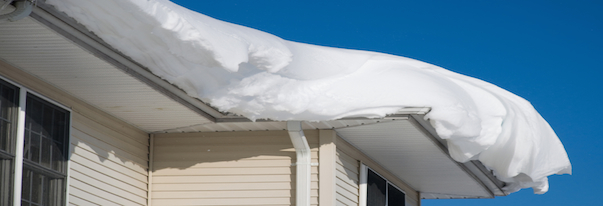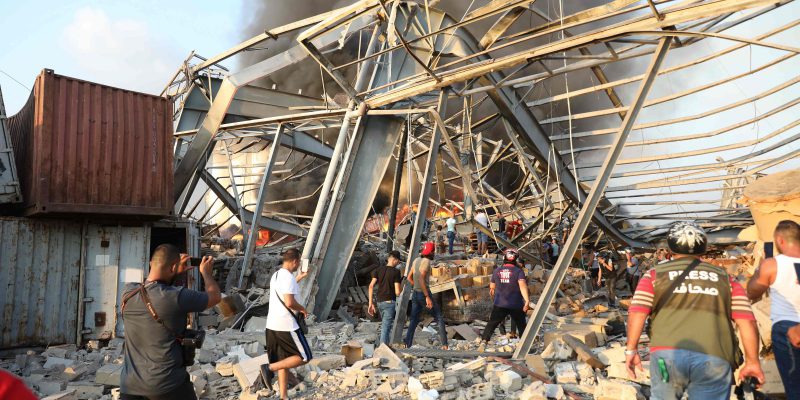Snow Load Roof Collapse Risk
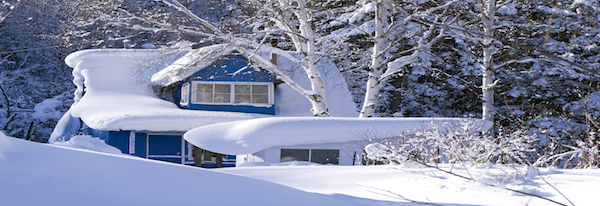
Snow Load Roof Collapse, Dr. Ali, principal engineer of EMA Structural Forensic Engineers, says that the best way to prevent a snow load roof collapse from snow is to be proactive. A good rule of thumb is that if your roof has more than 2-ft* of snow then it is definitely time to consider finding ways of removing it.*this is a rough estimate when no information is available to analyze a roof properly.
Common signs of potential snow load roof collapse include:
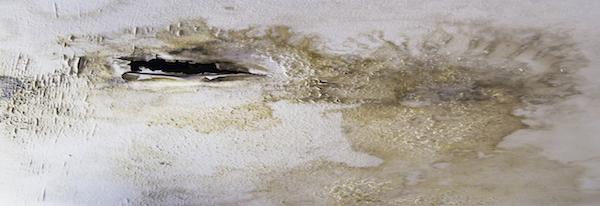 Commercial Buildings: If sprinkler heads are protruding through ceiling then you may be at risk of a snow load roof collapse. Sprinkler heads are hung from the roof of most commercial buildings, and as a result, would be sagging if the snow load is beginning to put pressure on the roof.
Commercial Buildings: If sprinkler heads are protruding through ceiling then you may be at risk of a snow load roof collapse. Sprinkler heads are hung from the roof of most commercial buildings, and as a result, would be sagging if the snow load is beginning to put pressure on the roof.
Residential Buildings: It is difficult to tell when it is really cold. In warmer weather, a roof collapse can be preceded by a leak of some sort—look for signs of water damage coming through the ceiling or cracks in the drywall. If you’re able to get into your attic, look for cracked roof joists. Many occupants of collapsed buildings report of hearing cracking sounds prior to the collapse.
What’s the breaking point?
Snow varies in density, so knowing just how much weight 2-ft of snow is putting on your roof isn’t an exact science. However, we suggest property owners assume that every 1-ft of snow is putting about 15lbs per square foot of pressure on their roofs. The amount of pressure can vary significantly, anywhere from as low as 5lbs to 50lbs of weight. It all depends on the density of the snow.
The National Oceanic and Atmospheric Administration (NOAA) presently puts the current weight of snow on the ground at 33lbs per square foot. As a reference, most new buildings in Portsmouth have a design roof snow load of around 40-psf (not including drifting).
How to tell yourself
A simple way to determine the weight of the snow involves taking a piece of PVC pipe and doing the following:
- Push down PVC pipe to the base of the snow for a sample of the snow.
- Then cap it, upright it and let it melt inside the tube.
- When the snow melts, measure the depth of the water. (If you have 8 inches of water in the PVC pipe it equals 41 pounds per square foot and would go up or down with each inch of water by 5.2 pounds. This is a rough estimate figure and should be used with caution)
There is also a special website run by the National Oceanic and Atmospheric Administration that can help you determine the water equivalent of snow pack.
https://foursquare.com/v/ema-structural-forensic-engineers/57e262aa498ef4c3cf0558a3
https://emaengineers.com/category/forensic-engineers-vero-beach/
https://www.fixr.com/sp.ema-structural-forensic-engineers.html
https://www.showmelocal.com/profile.aspx?bid=24613768
https://www.yelp.com/biz/ema-structural-forensic-engineers-orlando-5?osq=ema+engineers

